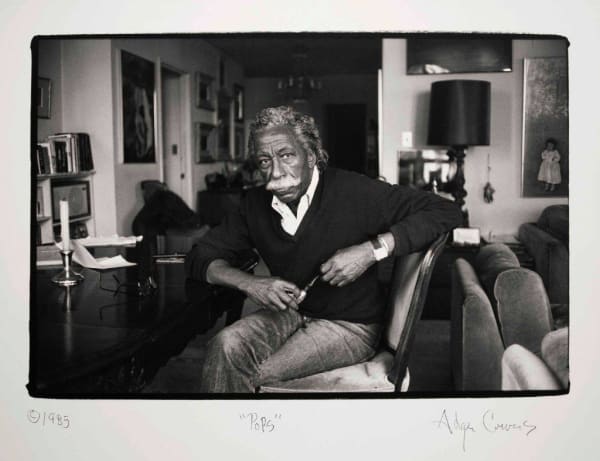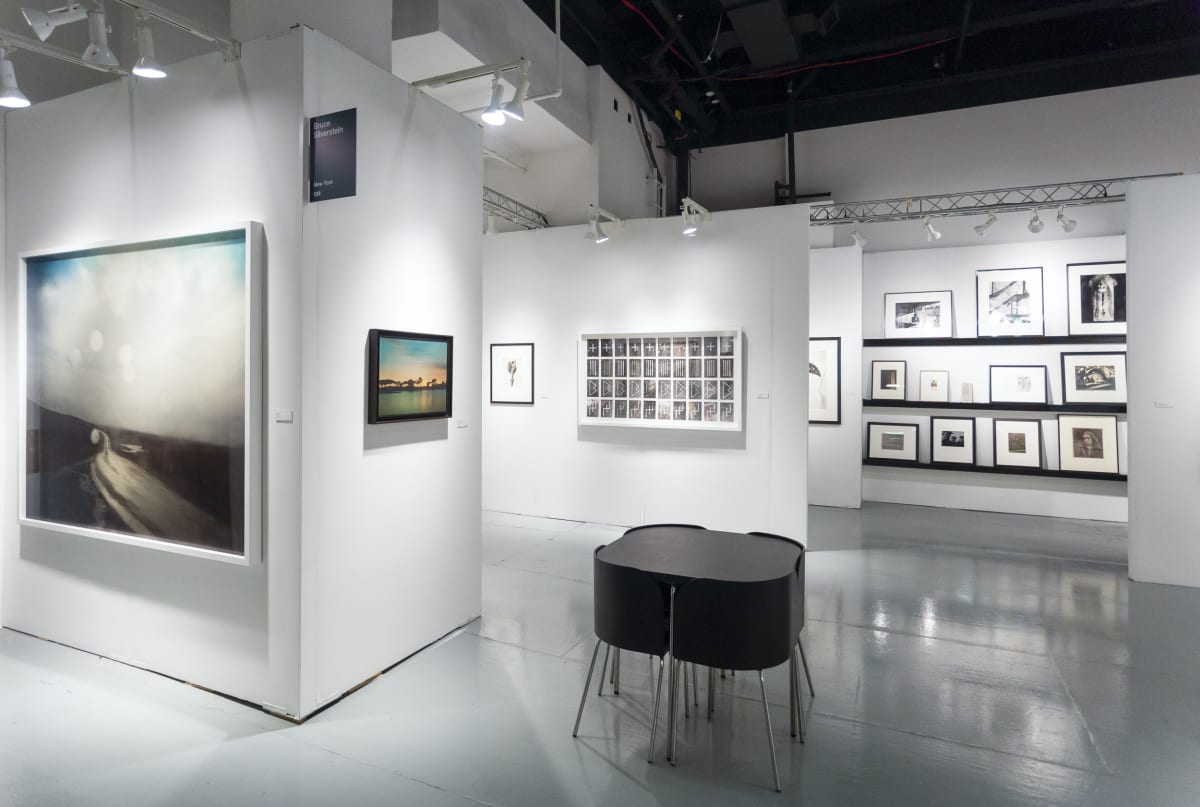"I suppose that I pointed my camera mostly at people who needed someone to say something for them. They couldn’t speak for themselves.” - Gordon Parks
Gordon Parks (1912-2006), an African-American photographer, forged an enduring legacy through his illuminating work that blends artistry with social consciousness. His photographs, characterized by compelling narrative and deep empathy, serve as a documentary testimony to the violence and discrimination entrenched in American social systems during the mid-20th century. Parks, a trailblazer who sparked cultural and political criticism, advocated for greater documentation of social activism and injustices towards the Black community. Capturing pivotal moments in American history, from the Civil Rights Movement to police brutality and segregation, Park’s lens immortalized the struggle of African-American communities for justice. Notable among his subjects were portraits of influential social justice activists like Malcolm X. Parks went on to inspire a whole generation of African-American photographers, including Louis Draper, Adger Cowens, and Chester Higgins.
Born in Fort Scott, Kansas, Parks began his career as a photographer in 1940 during his travels. In 1942, Parks started to work for the Farm Security Administration where he recalled that "discrimination and bigorty were worse there than any place I had yet seen." Eventually becoming the first Black staff member of LIFE magazine, Parks produced groundbreaking photo essays that illuminated prevalent social issues. One such poignant work, The Harlem Family, delved into the Fontanelle Family’s story, showcasing the societal failures perpetuated by poverty and racism. Another commanding piece, The Restraint: Open and Hidden, focused on the Thorton family in Alabama, revealing the daily struggles against racial discrimination. In the 1960’s, Parks expanded his repertoire into filmmaking, further amplifying his platform for visual storytelling. His commitment to documenting the civil rights movement, coupled with a dedication to exposing enduring police brutality, became evident in his formidable images. Until his passing, Parks continued to document and publish groundbreaking photo essays shedding light on the racial and class issues that permeated America during the latter part of the 20th century.
His work continues to be celebrated in numerous exhibitions and institutions. His groundbreaking solo exhibition at the Museum of Modern Art (1948) marked the beginning of his series of retrospectives. As well as solo exhibitions at the Art Institute of Chicago, the International Center of Photography, the Corcoran Gallery of Art, the High Museum of Art Atlanta, and the Minnesota Museum of American Art.
He has numerous books and poetic publications, including Camera Portraits (1943), A Choice of Weapons 1966, Born Black (1971), Moments Without Proper Names (1975), and Half Past Autumn. Other photographic essays he published include Harlem Gang Leader, Invisible Man, and Flavio de Silva. In 1971, he was honored with the NAACP Spingarn Medal, recognizing his achievements as a photographer, filmmaker, and advocate for social justice. 1990, he received the Infinity Award for Lifetime Achievement from the International Center of Photography. The Gordon Parks Foundation, in 2006, continues his legacy, ensuring his work continues to impact and inspire change.




